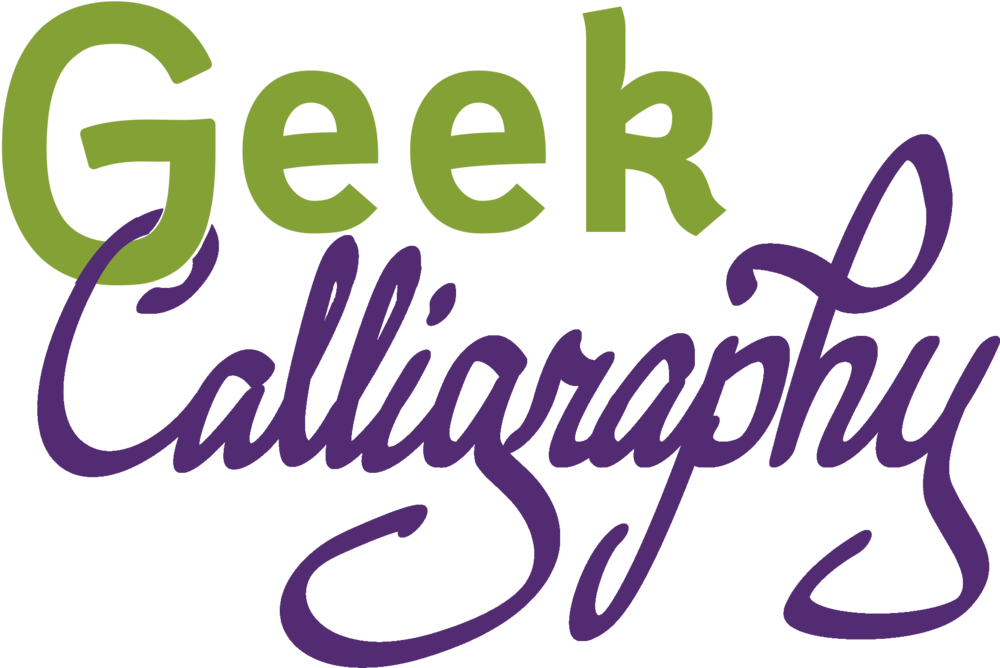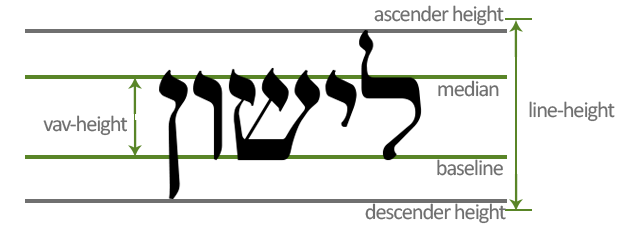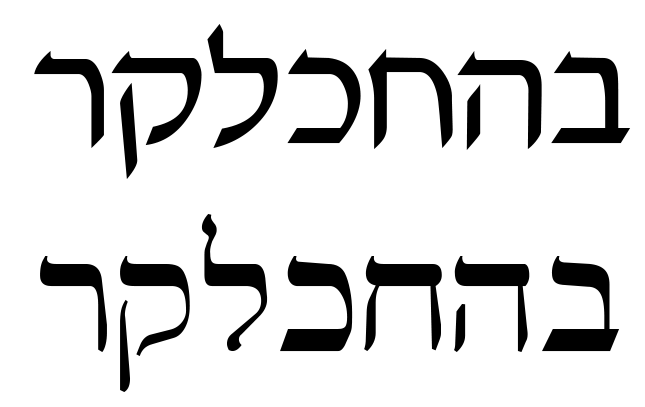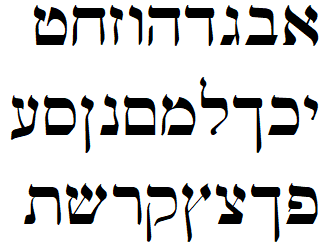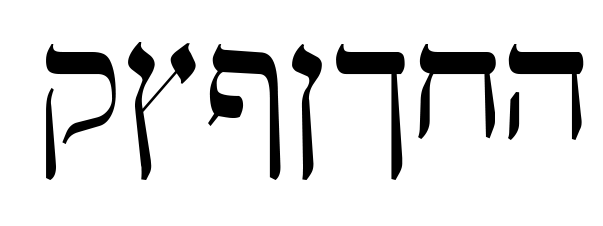For the first time in at least a decade, I flew American Airlines on a recent visit to my in-laws. Thus, I was rather taken aback when I saw the American Airlines safety video. What on earth did I just see? What were they thinking? And how many mirrors and disembodied hands should I expect on my airplane?
When I posted to Facebook to that effect, my brother-in-law (sister's husband, not one of my spouse's family whom I was visiting) pointed out that it was probably trying to do the same thing the Virgin America safety video did, it just failed. I hadn't seen that one before, so I watched it and concluded that he was right. Me being me, I then watched the Making Of videos for both of these safety announcements. (For those of you who would like to do likewise, here is the American Airlines Making Of video, and here is the Virgin America Making Of video.)
I was struck by the utter difference in the approaches articulated in the two. Both talked about doing something "completely different" and "unlike anything seen before," but then Virgin started talking about entertaining the people watching the video. The first thing that American Airlines talked about was sound design.
The lead composer talked about going through an airplane and an airport and building the soundtrack out of the sounds made by the plane and the various features of the airport (like the baggage carousel). This approach reminds me of how I tend to create ketubah (Jewish marriage contract) art for clients who aren't precisely sure what they want; I ask them to give me a list of things they find visually pleasing, a list of things that are important to them, and I try to make a coherent whole out of that. It can lead to many "easter eggs" in the art. But here's the thing: it was completely the wrong approach to take when making the American a safety video.
Let me explain. A custom ketubah is made for one primary audience: the people getting married. They are already inclined to spend time looking at it, so they don't need to overcome a barrier to entry. And when I assemble the art out of elements of their lives, interests, and visual preferences, I am making out of things that are inherently relevant to them. All of that is basically the opposite of the situation with an airplane safety video. The audience has to be as wide as possible instead of very specific. For the vast majority of that audience, there is no inherent interest in that subject, and the indifference and even irritation felt by the viewers has to be overcome before they will pay attention. An audio hook is probably better than a visual one, because it is easier to look somewhere else than to completely tune out sound (without the help of very expensive earplugs or headphones). Do you know what won't catch people's attention on an airplane? Sounds heard in the course of the ordinary function of an airplane. Do you know what people who aren't inherently interested in airplanes aren't going to consider a fascinating easter egg worth watching a whole video to find? A soundtrack made of airplane sounds.
The American Airlines video seems to be a single take, a video form that is experiencing a bit of a vogue right now. Not being involved in any way with video-making, I don't know exactly how difficult that is, but I imagine it is extremely tough and great demonstration of skill on the part of everyone involved. The physical effects and set crew on this video in particular did some impressive work. But their work isn't presented in a venue that is likely to get it appreciated. Numerous studies have been done on the perceived value of an item based on its packaging and presentation, and all of them show that the same item is valued differently depending on context. An airplane safety video is not a context that many people value. Remember the stunt with the virtuoso violinist playing in the subway? It's the same thing here.
So if those are all the reasons that American Airlines' safety video came off as bizarre at best, why did Virgin America's Safety Video succeed? The answer is that they were doing something that played to the strengths of the medium. They got pop entertainers, people whose job it is to be engaging to wide audiences, to make their video. An American Idol alum wrote the song. The dance was choreographed by a So You Think You Can Dance choreographer. Both of those shows are designed to showcase technical brilliance in their chosen craft packaged in a way that makes it easy for someone who is not heavily involved in song or dance to appreciate it. It shows.
American Airlines made a piece of concept art and Virgin America made a piece of pop art. Both are brilliantly executed by their teams, but the venue called for pop art, not concept art. Maybe it was less an astute marketing decision than it was luck; both companies are trying to showcase their essence, and Virgin's roots are as a music company while American's roots are in airplanes.
It is entirely possible to be a brilliant artist in your medium and be the wrong artist for a particular job.
